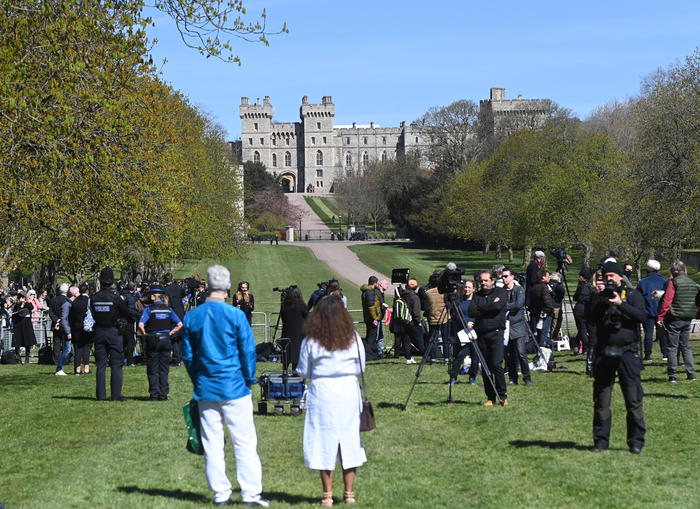An early and dazzling red carpet. This September, Donald Trump will be the guest of honor in a lavish state visit to the United Kingdom, welcomed with fanfare, noble titles, and the glittering chandeliers of Windsor Castle. The visit will mark the second time an American president receives such an honor in the UK, an unprecedented record.
Initially, the Crown had envisioned a more modest plan. In his first official letter to Trump, hand-delivered by Prime Minister Keir Starmer last February, King Charles had proposed an informal meeting in Scotland, postponing a full-scale institutional event to a later date. However, the scenario quickly shifted.
According to British newspaper The Times, it was Starmer himself who pushed for a change in protocol, accelerating the timeline and elevating the occasion to a high-profile diplomatic event. Sources close to the government suggest the move was designed to capitalize on Trump’s well-known admiration for the British monarchy, with the aim of strengthening diplomatic ties.
The formal document authorizing a state visit, known as the manu regia, was reportedly delivered to the White House last week. Planning is already at an advanced stage: the agenda includes an elegant banquet, meetings with members of the royal family, and, tentatively, the presence of the Princess of Wales. Kate Middleton’s participation remains uncertain due to her ongoing recovery, though a possible appearance, perhaps even wearing a tiara, has not been ruled out.
From Washington, the President expressed his gratitude and anticipation through an official statement. He conveyed his honor at the royal invitation, describing the United Kingdom as “a fantastic country” and stating that it would be “an honor to visit once again.”
The upcoming visit carries a double meaning: on one hand, it reflects a strategic gesture by the new British government eager to solidify transatlantic relations; on the other, it underscores the continuing international influence of the American presidency.
All signs point to what appears to be a symbolic coronation of the Anglo-American alliance.












